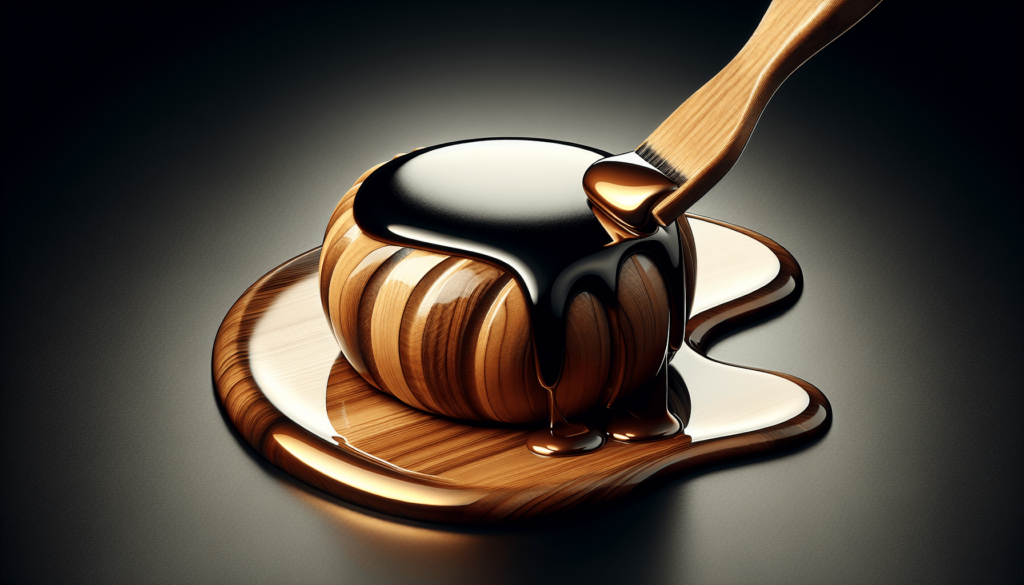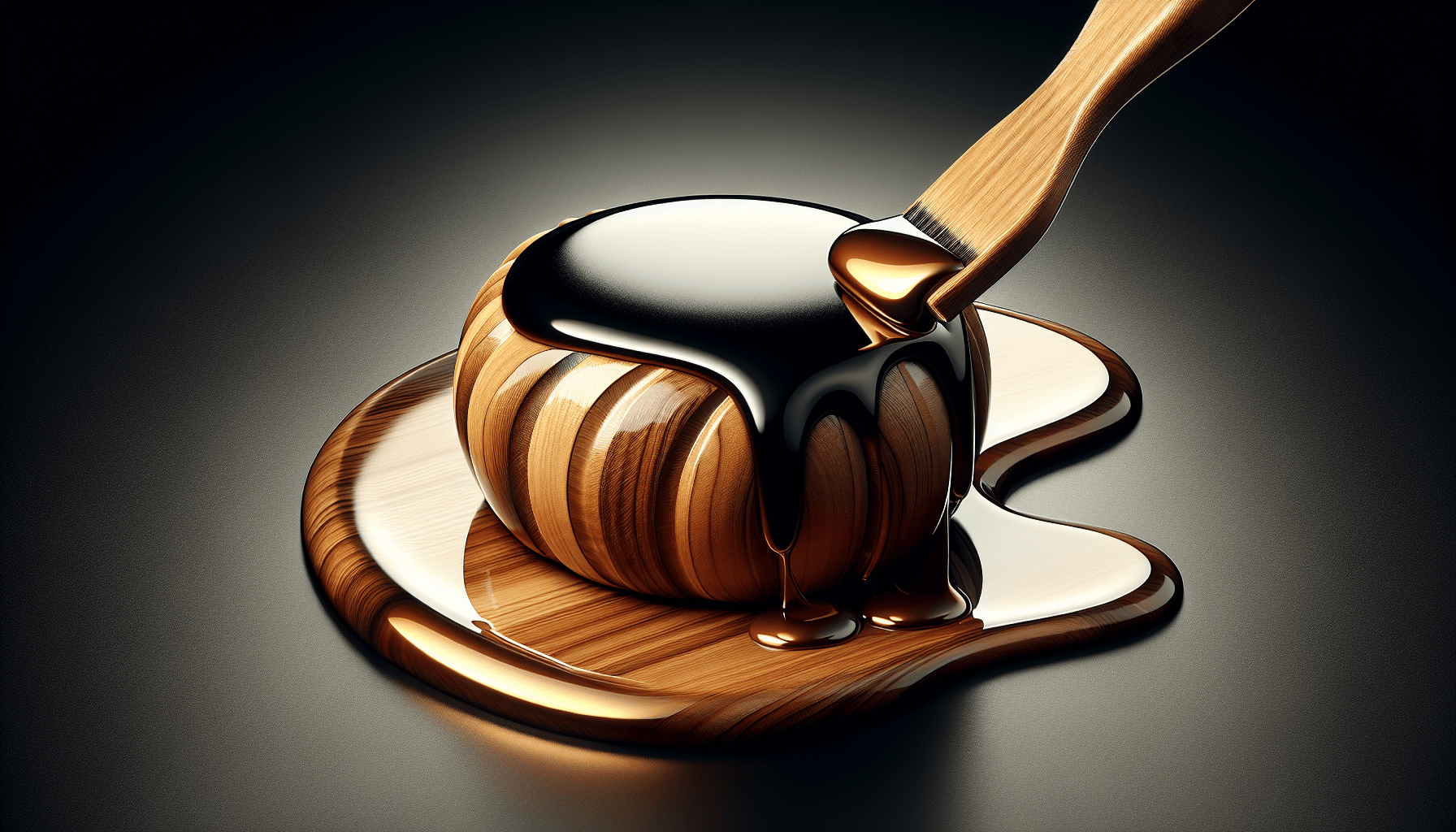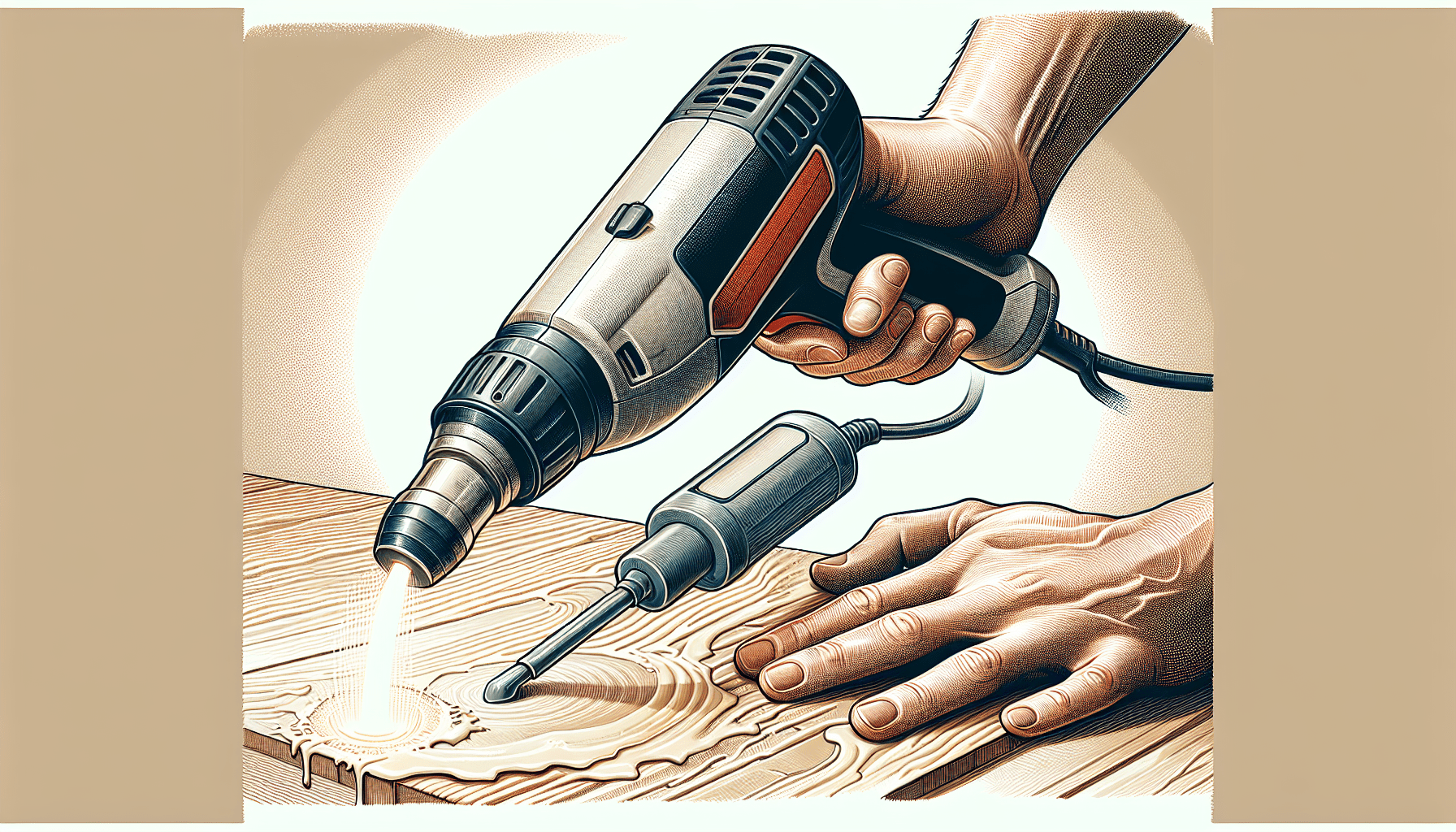Epoxy paint is a popular choice for various surfaces due to its durability and high gloss finish. However, when it comes to wood, the question arises: can you use epoxy paint on this material? This article explores the compatibility of epoxy paint with wood, examining its benefits, limitations, and the necessary steps to ensure successful application. By understanding the potential risks and advantages, you can make an informed decision when considering epoxy paint for your woodwork projects.

What is epoxy paint?
Epoxy paint is a special type of paint that contains epoxy resins as its main component. It is known for its exceptional durability and protective properties. Epoxy paint forms a hard and resistant coating once it dries, making it ideal for various applications on different surfaces, including wood.
Definition and characteristics of epoxy paint
Epoxy paint is commonly defined as a thermosetting polymer coating that consists of epoxy resins and a curing agent. It is a two-component paint that requires mixing the epoxy resin and the curing agent in specific proportions before application. Once applied, the epoxy paint undergoes a chemical reaction called cross-linking, which transforms it into a hard and durable finish.
The main characteristics of epoxy paint include excellent adhesion, high resistance to chemicals and moisture, and superior durability. It is also known for its ability to withstand severe weather conditions and mechanical stress. Epoxy paint is available in a wide range of colors and finishes, allowing for endless creative possibilities.
Benefits and applications of epoxy paint
Epoxy paint offers numerous benefits, making it a popular choice for various applications. Some of the advantages of using epoxy paint include:
-
Durability: Epoxy paint creates a tough, long-lasting finish that is highly resistant to wear and tear. It can withstand heavy foot traffic and is often used in high-traffic areas such as garages, workshops, and industrial facilities.
-
Protection: The strong protective properties of epoxy paint make it an ideal choice for surfaces that need to be shielded from damage, including wood. It forms a barrier that can help prevent moisture penetration, UV damage, and chemical spills.
-
Versatility: Epoxy paint can be used on a wide range of surfaces, including wood, concrete, metal, and more. This versatility makes it a popular choice for both indoor and outdoor applications.
-
Aesthetics: With its glossy and smooth finish, epoxy paint can enhance the appearance of wood surfaces. It provides a sleek and professional look that can transform the overall aesthetic of a space.
Epoxy paint finds numerous applications, including flooring, countertops, furniture, cabinetry, and decorative pieces. Its ability to adhere well to wood surfaces makes it a reliable choice for enhancing the beauty and protection of wooden items.
Applying epoxy paint on wood
Before applying epoxy paint on wood, it is crucial to properly prepare the surface to ensure optimal adhesion and long-lasting results. Here are the steps involved in applying epoxy paint on wood:
Preparing the wood surface
- Remove any existing paint or finish from the wood surface by sanding it down or using a paint stripper.
- Clean the surface thoroughly to remove any dust, dirt, or grease. Use a mild detergent or wood cleaner and rinse with water.
- Repair any damaged areas on the wood, such as cracks or splinters. Fill them with wood filler and sand the surface smooth.
Choosing the right epoxy paint
- Select an epoxy paint specifically designed for wood surfaces. Look for a high-quality product that offers good adhesion and durability.
- Consider the desired finish and color. Epoxy paint comes in various finishes, such as glossy, satin, or matte, and a wide range of colors to suit your preferences.
Applying the epoxy paint
- Mix the epoxy resin and curing agent according to the manufacturer’s instructions. It is important to follow the recommended mixing ratio to ensure proper curing.
- Use a brush or roller to apply the epoxy paint onto the wood surface. Apply it evenly and avoid excessive thickness, as it may result in uneven drying and potential issues.
- Allow the first coat to dry completely, typically following the manufacturer’s recommended curing time. Apply additional coats if needed, allowing each layer to dry between applications.
- Once the epoxy paint has fully cured, the wood surface will have a durable and protective finish.

Advantages of using epoxy paint on wood
Using epoxy paint on wood surfaces offers several advantages, making it a preferred choice for many applications. Here are some of the key advantages:
Durability and protection
Epoxy paint forms a hard and resilient coating on wood, providing exceptional durability. It can withstand heavy use, foot traffic, and impact, making it suitable for both residential and commercial settings. Additionally, epoxy paint offers protection against moisture damage, UV rays, and chemical spills, prolonging the lifespan of the wood surface.
Resistance to moisture and chemicals
Wood is prone to damage from moisture, which can cause warping, rotting, and decay. Epoxy paint provides a waterproof barrier that prevents moisture penetration, effectively protecting the wood from swelling or shrinking. It is also highly resistant to chemical spills, making it suitable for areas where exposure to chemicals is common, such as workshops or laboratories.
Enhanced aesthetics
One of the most significant advantages of using epoxy paint on wood is the improved appearance it offers. Epoxy paint provides a smooth, glossy finish that enhances the natural grain and beauty of wood. It can transform dull or worn-out wooden surfaces into stunning features, adding aesthetic value to any space.
Considerations before using epoxy paint on wood
Before proceeding with epoxy paint application on wood, it is essential to consider the following factors:
Wood type and condition
Different wood types may require different preparation techniques and primer coats for optimal adhesion. Additionally, the condition of the wood, such as cracks or rot, may affect the application and durability of the epoxy paint. Assess the wood’s quality and consult with professionals if needed.
Compatibility with other coatings
If the wood has a previous coat of paint or finish, it is crucial to ensure compatibility with epoxy paint. Some coatings may not adhere well to epoxy, leading to peeling or flaking. Testing a small area or seeking advice from experts can help determine the compatibility.
Potential health hazards
Epoxy paint contains chemicals that may emit harmful fumes during the application and curing process. It is important to work in a well-ventilated area and wear appropriate personal protective equipment, including a respirator, gloves, and goggles. Follow the manufacturer’s safety guidelines and use caution when working with epoxy paint.
Alternatives to epoxy paint for wood
While epoxy paint offers numerous benefits, there are alternative options available for painting wood surfaces. These alternatives include:
Acrylic paint
Acrylic paint is a water-based paint that dries into a durable and flexible finish. It is available in a wide range of colors and finishes, providing options for different aesthetic preferences. Acrylic paint adheres well to wood and offers good UV resistance, but it may not provide the same level of durability and chemical resistance as epoxy paint.
Oil-based paint
Oil-based paint is known for its excellent adhesion and durability. It forms a tough coating on wood surfaces, offering resistance to wear, moisture, and chemicals. However, oil-based paints tend to have a longer drying time and emit more fumes during application. Proper ventilation is crucial when using oil-based paint.
Stain and varnish
Staining and varnishing wood surfaces enhance the natural beauty of the wood grain while providing protection. Stains penetrate the wood, highlighting its natural color and creating a warm appearance. Varnishes, on the other hand, form a clear protective coat that adds shine and safeguards against damage. While stains and varnishes may not offer the same level of protection as epoxy paint, they can be suitable for specific aesthetic preferences.
Frequently asked questions
Can epoxy paint be used on outdoor wood?
Yes, epoxy paint can be used on outdoor wood surfaces. However, it is important to choose an epoxy paint specifically formulated for exterior use, as it will offer better resistance to UV rays, moisture, and temperature fluctuations. Proper surface preparation and maintenance are crucial to ensure long-lasting results when using epoxy paint on outdoor wood.
How long does epoxy paint last on wood?
The longevity of epoxy paint on wood depends on various factors, including the quality of the paint, surface preparation, and environmental conditions. Generally, with proper application and maintenance, epoxy paint can last for several years on wood surfaces. Regular cleaning and avoiding harsh abrasives or chemicals can help extend its lifespan.
Is it necessary to sand the wood before applying epoxy paint?
Yes, sanding the wood surface before applying epoxy paint is essential for achieving proper adhesion. Sanding removes any existing finish or imperfections, creating a smooth and clean surface for the epoxy paint to adhere to. Proper surface preparation, including sanding, ensures better results and longevity of the epoxy paint on wood.



